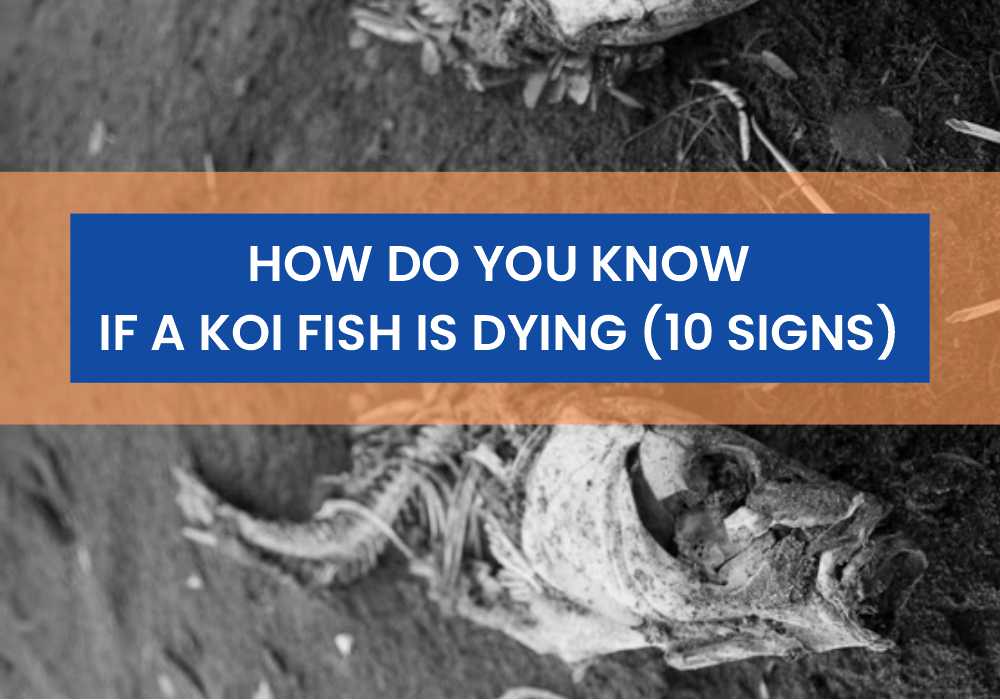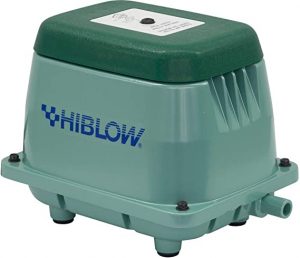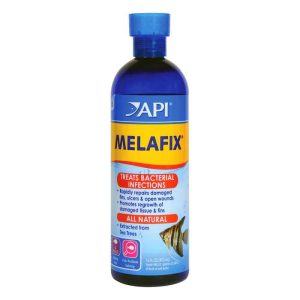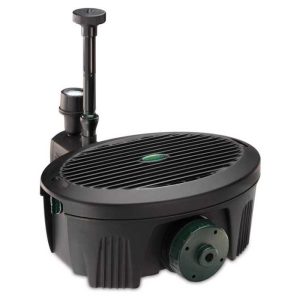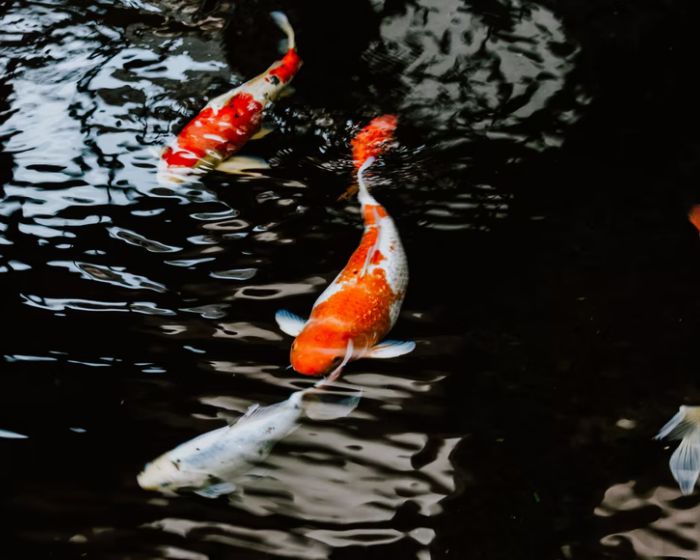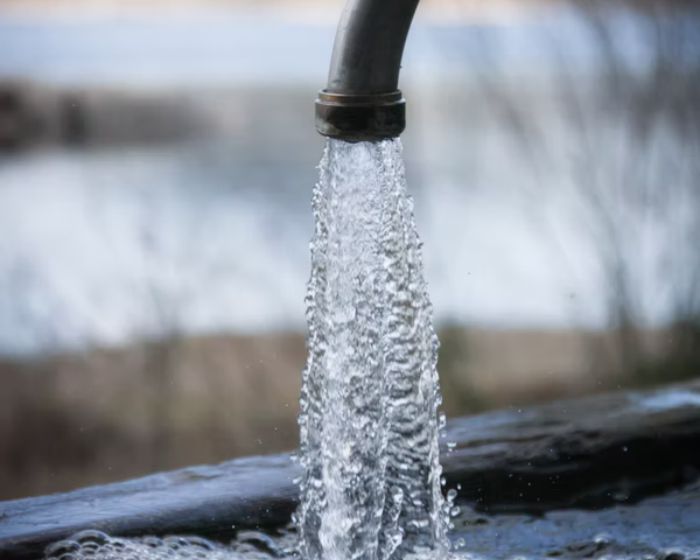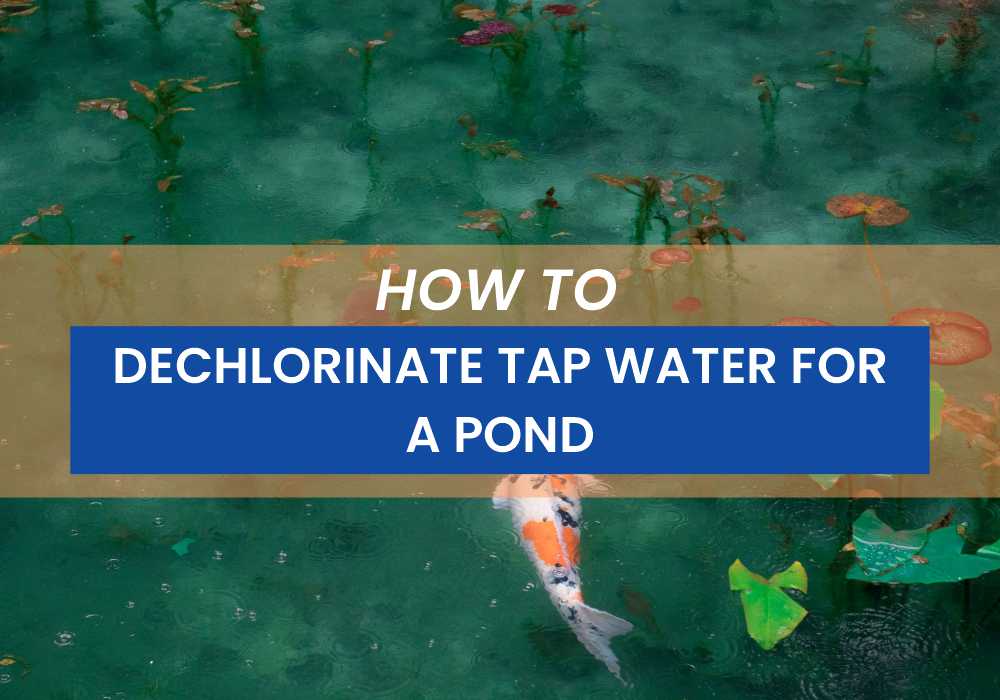As an Affiliate, We may earn a commission that doesn't cost you extra from qualifying purchases using links in this post. It helps keeps this blog running.
Koi fish can be a great addition to any garden pond because they are a common sight in many backyard ponds. Koi are hardy fish that can live for many years, but that does not mean Koi fish do not die. When it comes to caring for a Koi, a few things are as important, such as knowing when your koi fish is dying. So, if you think your koi fish may be dying, there are some signs and symptoms to look out for to help ensure your fish gets the help it needs before it becomes a dead koi fish because there are several different causes of death in koi fish.
How Do You Know If A Koi Fish is Dying?
Even if you are not a veterinarian, noticing when your Koi fish is dying or in discomfort is possible. Sometimes it can be easy to tell if your koi is slowly dying and other times, it can be a little bit tricky. If you are unsure, consult with a veterinarian or fish expert.
Below are 10 signs to know if your koi fish is dying:
1) Scales will flake off
It’s likely that your Koi fish scales will begin to flake off because it’s close to death or very ill.
2) Loss of Buoyancy
The Koi fish will no longer be able to stay near the surface of the water and this is because its body system has begun to deteriorate.
3) Koi Will Float on the Side
The Koi will float on one side or stay at the bottom of the pond for an extended period of time
4) Desperately Gasping For Air
Gasping for air very close to the water’s surface is another sign your koi might be dying
5) Koi Color will Fade
Another clear sign of a Koi fish that is dying is if the colors on its body start to fade.
6) Not eating/Loss of Appetite
No matter what you give your Koi, it just won’t seem interested in eating.
7) Increased breathing
The fish’s rate of breathing will rapidly increase as a result of stress or deadly disease
8) Loss of Energy
Your koi fish is resting on the bottom of the pond and not swimming around
9) The Koi Fish will Become Inactive
You will realize your fish is floating inactively on one of its side
10) Presence of Sore or Lensions
You may also see that your koi fish has red sores or lesions on its skin
If you notice any of these signs in your koi fish, it is important to take action and try to save your koi fish from dying.
By noticing the problem early and providing treatment, you may be able to save your koi fish from dying. Keep in mind that not every koi fish will show all the signs mentioned above and some may only exhibit a couple. So, if you are unsure, it is always better to be safe than sorry and take your Koi fish to a professional.
Although there are many potential causes of death in koi fish, which some of the most common include:
- Poor water quality
- Parasites
- Bacterial infections
- Viral infections
- Fungus
- Being out of the water for too long
If you are able to identify that your koi fish is dying, there are things you can do to help improve the situation and increase your chance of saving it by providing it with the necessary treatment if it isn’t already showing signs of advanced decay. However, it is always best to consult with a veterinarian or fish expert on the best course of action.
If you think your koi fish may be dying, it is important to take action right away. If you are not sure what is wrong with your fish, or if you do not have the experience or knowledge to treat it, take it to a qualified veterinarian who specializes in fish health.
What To Do When Your Koi Fish Is Dying (How To Save Koi From Dying)
If you think your koi fish may be dying, there are some steps you can take to save the koi from dying and provide it with some relief which will increase its chances of survival.
Amongst the important things you can do to save your Koi fish when dying, 6 of them are listed below:
1) Move the Koi fish to a clean and healthy pond
If your Koi is not dead yet but showing signs it’s slowly dying, then you might want to consider first moving it to a new clean, and healthy pond. If that is not an option, then you should at least change a good percentage of the water in the current pond so the existing water can be diluted with fresh and clean new water.
2) Increase aeration in the pond
One of the reasons why koi fish may die slowly is because they do not get enough oxygen. By increasing the aeration in the pond, you can increase the amount of oxygen that is available to your koi fish.
If you do not have a filter, it’s absolutely necessary you get one.
HIBLOW HP-80 Pond Aerator
The recommended pond aerator is the HIBLOW HP-80 Pond Aerator with a low sound level. It also helps water circulation and aerates ponds up to 1/2 acre at 10′ or less in depth. At the same time, it is energy-efficient and oil-free.
3) Add an antibacterial agent to the water
If you think your koi fish may be dying because of a bacterial infection, you can add an over-the-counter antibacterial agent to the water in order to help treat the infection.
API MELAFIX Freshwater Fish Bacterial Infection Remedy is a game-changer for fish enthusiasts. This natural treatment swiftly heals bacterial infections, repairs damaged fins, and promotes tissue re-growth in just one week. It also acts as a preventive measure, reducing the risk of disease outbreaks, and preventing them from spreading to other fish.
It seamlessly eases the transition from store to home, safeguarding your fish from potential diseases.
4) Add a deworming agent to the water
If you think your koi fish may be dying because of parasites, you can add a deworming agent to the water in order to get rid of and treat the parasites.
5) Remove the koi from the pond if it is not responding to treatment
If you have been trying to treat your koi fish for an illness but it is not responding, then you may need to remove it from the pond and take it to a veterinarian for additional treatment.
6) Give the Koi Electrolyte bath
You can also try gently moving the koi fish to a clean section of the pond or giving it an electrolyte bath. Electrolyte baths can be made by dissolving salt in water at a ratio of 1 tablespoon of salt per gallon of water. Be sure not to add any chemicals or medications to the water used for the electrolyte bath.
7) Check Your Pond Filter is Working
A healthy koi pond has a properly functioning filter system. This is because the koi fish produces a lot of waste and the filter helps to keep the pond clean. If your pond filter is not working, then it could be the reason why your koi fish is dying. To check if your pond filter is working, you can simply look at it and see if the water is flowing through it. If it is not, then you will need to replace it or repair it.
If you do not have a filter, it’s absolutely necessary you get one.
All In One solution Aquagarden Pennington, Inpond, Pond & Water Pump, Filter, with UV Clarifier.
The recommended UV filter for Koi Pond is the Aquagarden Pennington’s All In One solution Pond & Water Pump, which also has a Filter, and UV Clarifier. With a comprehensive range of three fountain heads, that provide an instant solution for a clear and healthy pond. This filter also comes with a built-in 5-watt UV clarifier light that helps kill green water and algae.
By following the steps listed above, you may be able to increase your koi fish’s chances of survival if it is showing signs that it is dying. However, if the koi fish has advanced decay and is near death, then there is not much that can be done to save it and euthanasia may be the kindest thing to do.
By being attentive and knowing the signs and symptoms of a koi fish that is dying, you can quickly take the necessary steps to ensure you revive it from dying slowly,
NOTE: All the signs above are not ultimate or written in stone, you should always consult with your veterinarian before taking important steps.
You can also watch the video below for additional practical tips on what to do to save your Koi fish from dying:
How Do You Know if Your Koi Fish Is Dead?
For you to be able to tell if a koi fish is dead, you will need to watch out for some telltale signs such as the koi lying at the bottom of the pond and not showing any response when touched or prodded. If the koi has been dead for a while, it will likely start to decompose and will emit a foul odor. In most cases, you will also find that when a Koi fish dies its color will fade and become bloated causing the koi fish to float when they die.
If you think your koi fish may be dead, it is important to remove the body from the pond as soon as possible to prevent the spread of any potential diseases as a result of deadly bacteria coming out from the dead koi fish. In most cases, you can bury the dead koi fish’s body in the ground, but if you have a compost heap, you can also throw the koi fish’s body in there. Just be sure to bury it deep enough so that animals will not be able to dig it up.
By being attentive and knowing the signs and symptoms of a koi fish that is dying, you can quickly take the necessary steps to ensure your fish receives the help it needs before it is too late.
What Does A Dead Koi Fish Look Like?
When a koi is dead you will notice its body slowly becoming bloated and discolored. The koi fish’s scales will also start to come off and the fish will completely lose its buoyancy causing it to rest on the bottom of the pond.
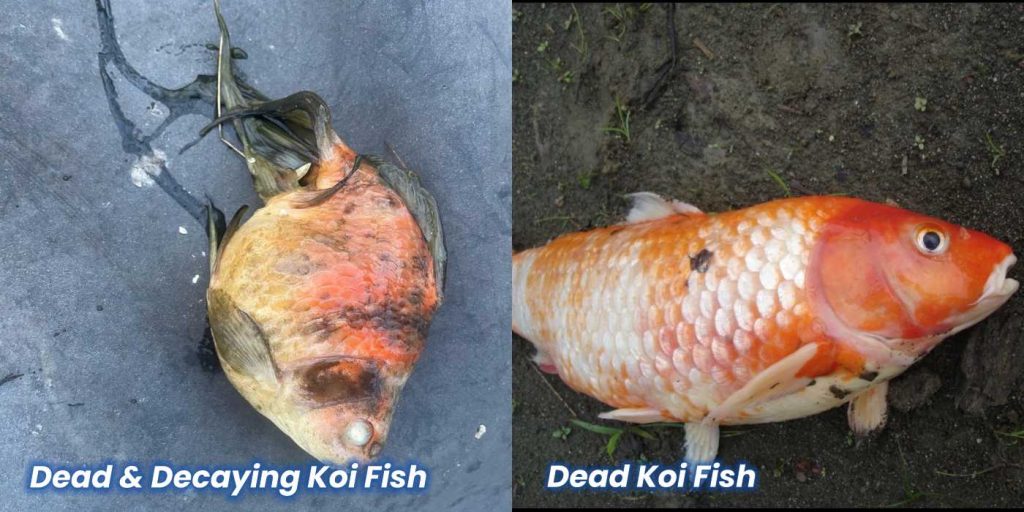
Below are other things to look out for to know what a dead Koi looks like:
- The koi floats on its side or upside-down down
- The koi becomes bloated and discolored
- The Koi will lose most of its scales
- You will discover lesions or sores on its dead body
- There will be red streaks on the fish’s body
- You will notice a milky white-colored film over its whole body, especially its eyes.
If you think your koi fish may be dead, it is important to remove the body from the pond as soon as possible to avoid any further health complications with other fishes in the pond.
How To Save Koi Fish From Dying Untimely
To save your Koi fish from dying untimely or save any dying fish at all, one of the most important things to remember is to keep the water clean and free of any pollutants. You should also consistently test the PH levels of the water and make sure they are in the range of 6.5-7.5. You can try to occasionally increase a weak or stressed koi fish’s buoyancy by adding a tablespoon of salt for every five gallons of water.
Although death is inevitable, Koi can live up to 40 years. If you have lost a koi fish to illness or negligence, below are other few things you can do to help revive a dying koi fish.
- First, make sure to properly maintain your pond by keeping the water clean and balanced.
- Secondly, always keep an eye on your koi fish and look for any signs or symptoms of illness.
- If you notice or see anything that looks abnormal, take action right away to treat your fish.
- It’s also helpful to add an airstone to the pond to increase oxygen levels.
- Lastly, if you are not able to care for your koi fish yourself, find and hire a responsible person who can do so for you.
By following these tips, you can help ensure your koi fish has a long and healthy life.
Should I Change The Water If A Fish Dies?
If one of your koi fish dies from a disease or other illness, then you should remove the body from the pond as soon as possible and definitely change the water. Not only will this help avoid any further health complications with other fishes in the pond, but it will also help minimize the spread of any potential diseases.
However, if the fish died from natural causes (old age, for example), then there’s no need to change the water. In any case, it’s always a good idea to clean out the pond and filter regularly to keep your koi healthy and happy.
In addition, you should also consider changing the water in your pond if you notice that it has become cloudy or green. This is often a sign that the water is polluted and not healthy for your fish.

I’m Akin Bouchard. Even though I now own several different fish species, I first became a koi pond owner because I loved these creatures and wanted to turn my passion into something more serious. I take pride in my collection of koi fish and love sharing my knowledge with others interested in these beautiful creatures.
A Comprehensive Guide to Training Your Fish to Perform Amazing Tricks Feats

